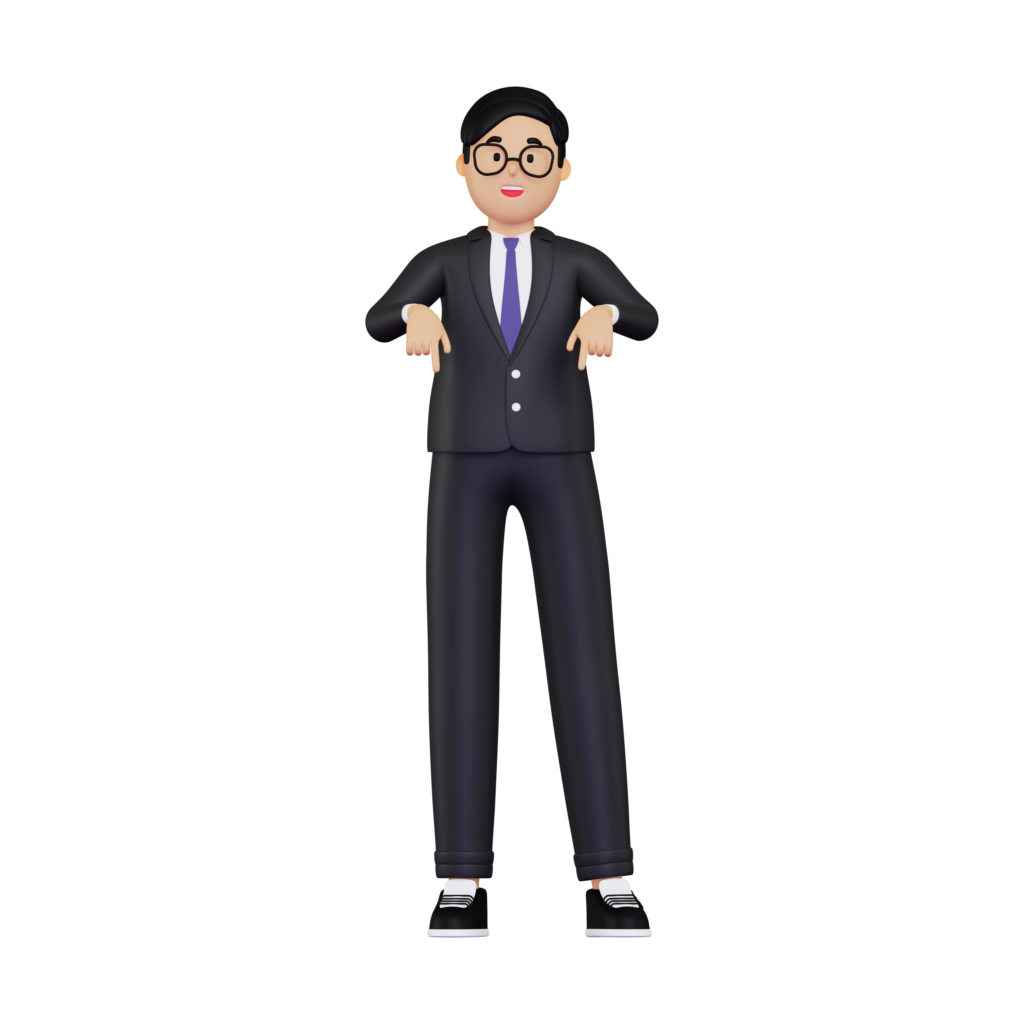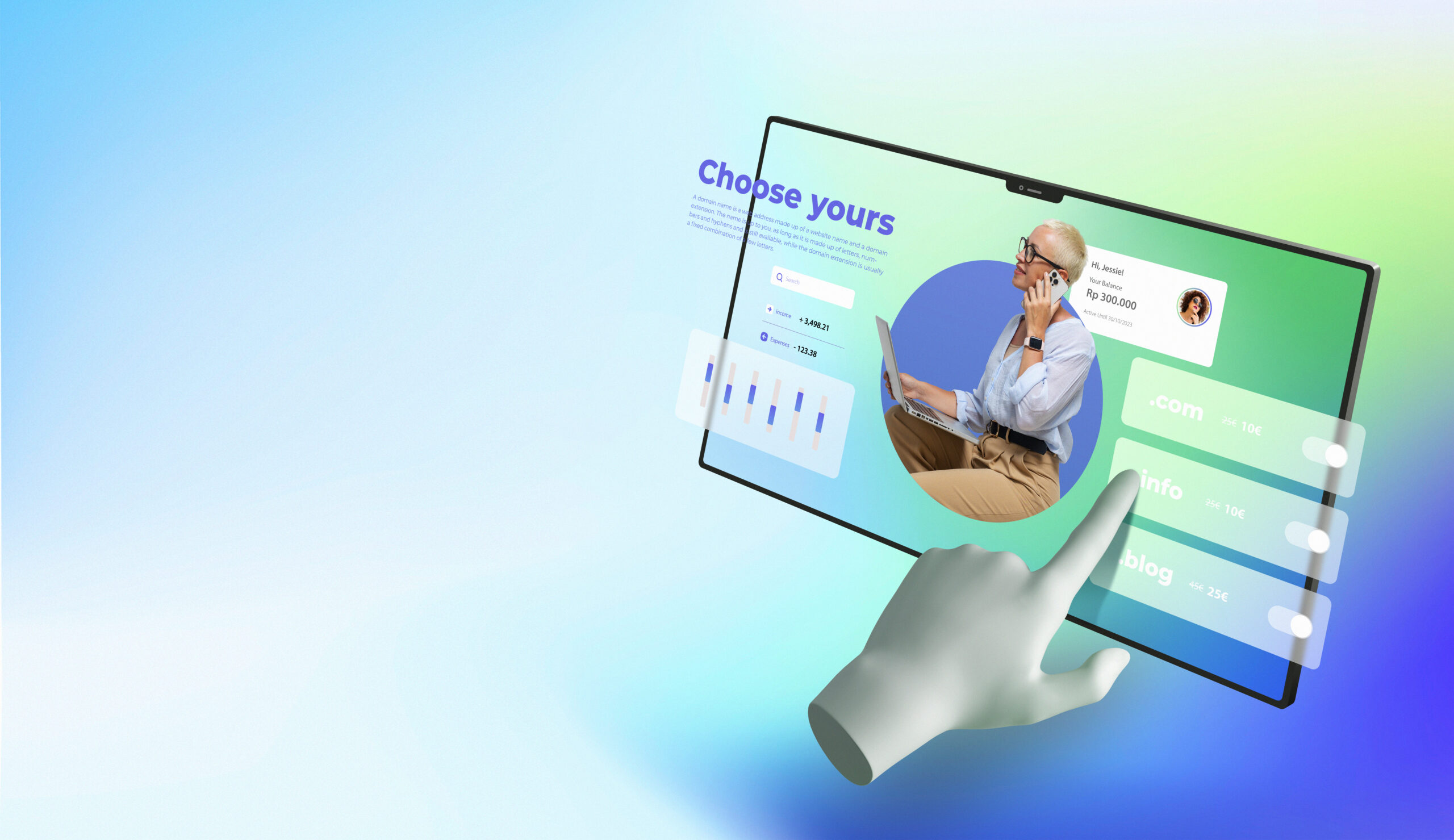Embracing minimalism in user experience isn’t just a trend; it’s a strategy for effective and user-friendly minimalistic web design. Discover how simplicity enhances digital interactions.
Step into the future with Website Redesign Services by Webtec. Contact us for a free consultation!
The Essence of Minimalism in Web Design
In the realm of web design, minimalism is more than an aesthetic choice; it’s a philosophy centered around the essentials. At its core, minimalistic web design is about stripping away the non-essential, focusing on simplicity, clarity, and functionality. This approach is rooted in the belief that design should be efficient and straightforward, enabling users to navigate and interact with ease. By prioritizing content and functionality over decorative elements, minimalism ensures a clean, uncluttered interface that speaks volumes through its simplicity.
Benefits of Minimalism in User Experience
Adopting a minimalist approach in web design leads to several tangible benefits:
- Improved User Engagement: Minimalistic design removes distractions, allowing users to focus on the content. Clear purpose significantly enhances user engagement by preventing visitors from feeling overwhelmed by excessive elements.
- Faster Website Load Times: A minimalist design typically involves fewer elements and simpler graphics, which can result in quicker loading times. This is crucial, as faster websites are more likely to retain users.
- Enhanced User Satisfaction: A clean, straightforward design often translates to a more enjoyable user experience. Users appreciate the ease of navigation and the focus on essential information, leading to higher satisfaction rates.
For a related perspective, our blog post The Power of Blank Space in Web Design is a great next read!
Implementing Minimalism: Practical Tips
- Use of Space: In minimalistic web design, ample white space is crucial. This space, often referred to as negative space, surrounds various elements on a webpage. It gives users a clear and uncluttered view, making content easy to digest. By providing this visual rest, the design allows the main content to stand out, guiding users effortlessly through the site.
- Color Schemes: Choosing the right color palette is vital. A minimalist approach often involves limited colors. Using neutral tones, complemented by a single accent color, can be highly effective. This strategy not only creates a visually appealing interface but also reduces distractions. The result? A serene and focused user experience that draws attention to the most important content.
- Typography: The choice of fonts plays a significant role. In minimalistic web design, selecting clean and readable fonts is a priority. The right typography ensures that your message is not just seen but also easily understood. It’s not just about the style; it’s about ensuring that the text complements the overall minimalistic aesthetic. Good typography contributes to the overall readability of the site, making the user’s interaction more enjoyable and straightforward.
Case Studies: Success Stories of Minimalistic Web Design
Here are some notable case studies highlighting the success of minimalistic web design:
Apple Inc.
Apple sets a benchmark in minimalistic web design. Their website showcases high-quality product images with minimal text, streamlining navigation and enhancing visual appeal. This simplicity reflects Apple’s image of elegance and innovation. Users find it effortless to explore, resonating with the company’s ethos of sophistication.
Google Search
Google Search epitomizes minimalism. Its interface, dominated by the search bar against a clean background, underscores this concept. This uncluttered approach has led to its global popularity and user preference. The design’s focus on function over form ensures an intuitive and streamlined user experience.
Dropbox
Dropbox adopted minimalism, revamping its website for better usability and clarity. The design, with plenty of white space and straightforward navigation, simplifies how users engage with their services. Clear calls to action guide users effortlessly, embodying the principles of minimalistic web design.
Medium
Medium leverages minimalistic design to spotlight its content. Minimal design elements and strategic use of white space boost readability, keeping readers focused on articles. This approach emphasizes content, offering a distraction-free reading environment that’s both engaging and easy to follow.
Airbnb
Airbnb’s website embraces minimalistic design for a seamless booking experience. Large, captivating images, straightforward icons, and well-organized information streamline the process of searching and booking accommodations. This approach makes navigating their site a breeze, enhancing the overall user experience.
Tesla
Tesla’s website is a testament to the power of minimalism in highlighting products. The uncluttered layout, paired with striking car visuals, facilitates easy exploration of features and innovations. Importantly, this minimalist approach ensures users aren’t overwhelmed, thus making information about Tesla’s cutting-edge technology readily accessible.
Everlane
Similarly, in e-commerce, Everlane excels with its minimalistic web design. The site’s layout, subtle color scheme, and focus on high-quality images reflect the brand’s values of transparency and quality. Moreover, this minimalism draws attention to the products, significantly enhancing the shopping experience.
Challenges and Misconceptions
While the benefits are clear, minimalism in web design is not without its challenges:
- Balancing Minimalism with Functionality: It’s crucial to ensure that in pursuit of a minimalistic design, functionality is not compromised.
- Debunking Myths: Minimalism is often misunderstood as being too plain or uncreative. However, effective minimalistic design is about making strategic choices that enhance usability and aesthetic appeal.
Conclusion
Minimalism in user experience is not just about visual appeal; it’s a strategic approach that can significantly enhance user engagement and satisfaction. By focusing on what truly matters, minimalistic web design offers a clear, efficient, and enjoyable browsing experience.
We encourage web designers and brands to embrace minimalism, not as a mere trend, but as a cornerstone of user-centric design. Start simplifying your design today and witness the powerful impact it can have on your users and your brand.


